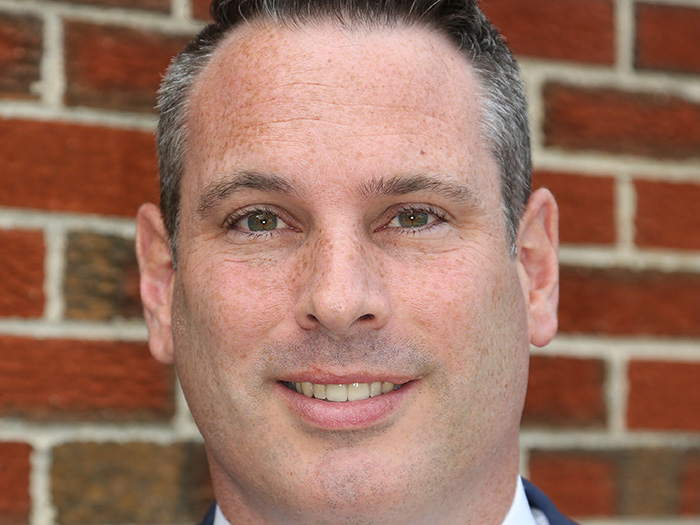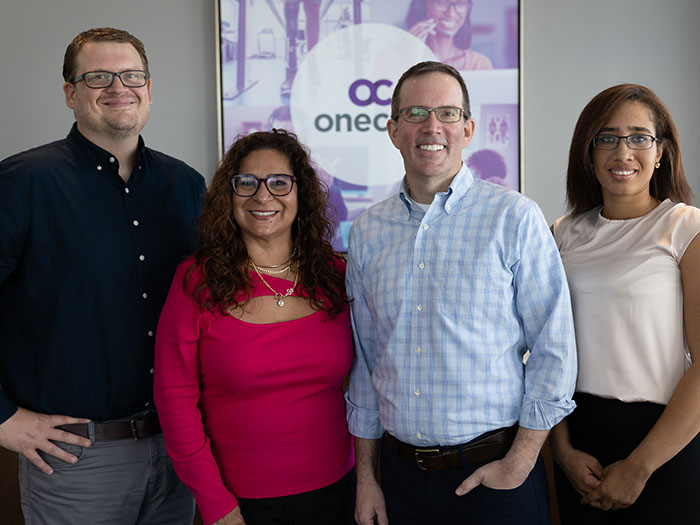2015 Most Dangerous Emerging Risks
Most Dangerous Emerging Risks: A Look Back
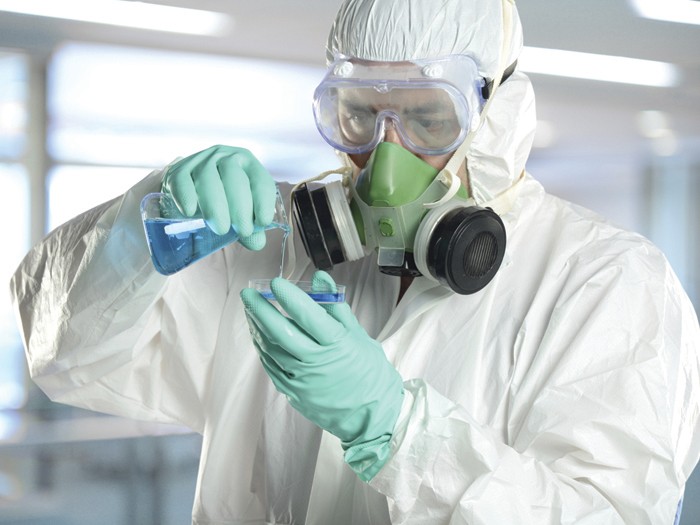
Each year since 2011, Risk & Insurance® identified and reported on the Most Dangerous Emerging Risks. Here’s how we did on some of them.
2011: Rising Sea Levels
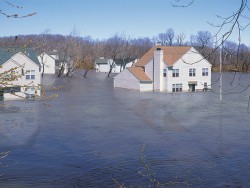 In 2011, our sources talked about the threat of rising sea levels, combined with land subsidence in major urban areas. Our reporting postulated that investment in infrastructure was not keeping pace with the risk.
In 2011, our sources talked about the threat of rising sea levels, combined with land subsidence in major urban areas. Our reporting postulated that investment in infrastructure was not keeping pace with the risk.
Outcome: Elevated sea levels lift a Category One tropical storm, Superstorm Sandy, on Oct. 29, 2012 and enable it to inundate New Jersey and New York, resulting in $25 billion in insured losses and the deaths of 285 people.
2011: Political Revolutionary Risk
In 2011, we described a scenario in which the head of a fictional country, Yberra, nationalized all privately held assets. In the scenario, mining operations and fruit-exporting companies with substantial holdings in Yberra suffered large losses. Risk managers for those companies were sent scurrying to examine their business interruption and political risk coverages.
Outcome: Tunisia, Egypt (twice), Libya, Ukraine and Kyrgyz all saw the removal of their heads of state in the aftermath of the Arab Spring. Ongoing pressure from Islamic militants and national governments threaten to redraw boundaries throughout the Middle East in 2015 and beyond.
2011: Toxic Water
 In 2011, Risk & Insurance® described a fictional Category 2 hurricane, Hurricane Lucy, that dropped so much water on North Carolina that it caused the walls of a massive agricultural manure lagoon to burst. The resulting environmental damage resulted in the closure of hundreds of thousands of acres of commercial fisheries. Cryptosporidium infected hundreds, killing 142.
In 2011, Risk & Insurance® described a fictional Category 2 hurricane, Hurricane Lucy, that dropped so much water on North Carolina that it caused the walls of a massive agricultural manure lagoon to burst. The resulting environmental damage resulted in the closure of hundreds of thousands of acres of commercial fisheries. Cryptosporidium infected hundreds, killing 142.
Outcome: In February 2015, Duke Energy was getting set to agree to a $100 million payment and five years’ probation in response to criminal charges after it spilled 40,000 tons of coal ash riddled with arsenic, lead and selenium into the Dan River in February 2014.
In January 2014, a chemical spill by Freedom Industries resulted in the loss of drinkable water for 300,000 residents near Charleston, W. Va. Schools and businesses where shut down by the event. The Freedom spill was the third chemical spill in that area in the last five years, following spills at Bayer and DuPont facilities.
2011, 2012, 2013 and 2014: Cyber attacks
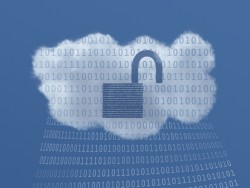 Our reporting in 2011 and beyond described a range of cyber events, from the leaking of sensitive information to state-sponsored cyber attacks on our energy infrastructure and cloud-based data storehouses.
Our reporting in 2011 and beyond described a range of cyber events, from the leaking of sensitive information to state-sponsored cyber attacks on our energy infrastructure and cloud-based data storehouses.
Outcome: NSA contractor Edward Snowden released thousands of classified documents to journalists in June 2013. Major hacks that have taken place since 2011 have impacted Target, Home Depot, Sony, the U.S. military, AOL, Adobe, Anthem and eBay with economic damages in the hundreds of millions of dollars.
2013: NFL Concussions
 The tragic deaths of beloved NFL stars such as Junior Seau and “Iron” Mike Webster related to degenerative brain disease from repeated blows to the head signaled a wave of liability headed not just at the NFL but at other high-contact professional sports leagues such as the NHL. The long history of the NFL coupled with the number of former players possibly impacted added up to a heavy financial penalty.
The tragic deaths of beloved NFL stars such as Junior Seau and “Iron” Mike Webster related to degenerative brain disease from repeated blows to the head signaled a wave of liability headed not just at the NFL but at other high-contact professional sports leagues such as the NHL. The long history of the NFL coupled with the number of former players possibly impacted added up to a heavy financial penalty.
Outcome: A final ruling from a federal court judge in Philadelphia is expected to produce a settlement in excess of $1 billion in a case brought by ex-NFL players that alleges that the NFL not only knew about the dangers of the game but hid that knowledge from players.
In February, a group of NHL players including Stanley Cup winners Eddie Westfall and Butch Goring filed a lawsuit against that league, alleging that the NHL failed to offer adequate education and protection against brain injury to players.
2012: Typhoons in Areas of Recently Increased Business Density
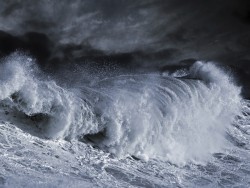 In 2012, a fictional typhoon, Typhoon Tsuguko, a Category Four, slammed into Taiwan, killing hundreds and wiping out one-third of the world’s semi-conductor manufacturing capacity.
In 2012, a fictional typhoon, Typhoon Tsuguko, a Category Four, slammed into Taiwan, killing hundreds and wiping out one-third of the world’s semi-conductor manufacturing capacity.
Outcome: The 2013 Pacific typhoon season, responsible for 6,287 deaths, was the deadliest season since 1975. Overall economic damages from Pacific typhoons in 2013 came to some $22.8 billion.
In July 2014, Typhoon Rammasun caused economic damages in excess of $6.5 billion in China, Vietnam and the Philippines.
2012: Protest 2.0; The Use of Social Media in Protests
 In a 2012 scenario, a fictional protester, Joshua Shane, sparked a national reaction when a protest he organized against a local foreclosure went viral, sparking sister protests in a number of cities. The fictional Twitter tag #RiseUp served as fuel for the fire.
In a 2012 scenario, a fictional protester, Joshua Shane, sparked a national reaction when a protest he organized against a local foreclosure went viral, sparking sister protests in a number of cities. The fictional Twitter tag #RiseUp served as fuel for the fire.
Outcome: More than 500,000 Twitter postings following the shooting death of Michael Brown in Ferguson, Mo., ignited protests around the world from August through December 2014. In addition to riots that destroyed businesses and homes in Ferguson and St. Louis, riots sparked with the Twitter tag #HandsUp shut down commerce and traffic in Oakland, Calif., and London, among other locations.
2013: The Antibiotic Void; The Rise of Drug-Resistant Superbugs
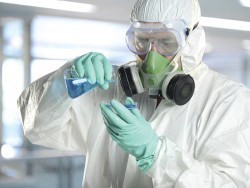 In 2013, our scenario described an “antibiotic void,” a world in which antibiotic-resistant “superbugs” wreaked havoc in hospitals and in society at large.
In 2013, our scenario described an “antibiotic void,” a world in which antibiotic-resistant “superbugs” wreaked havoc in hospitals and in society at large.
Outcome: An antibiotic-resistant strain of Salmonella broke out in the summer and fall of 2013 and hospitalized 278 people in 18 states.
An antibiotic-resistant “superbug” — CRE — spread by an unapproved medical device, sickened some patients and killed others at Los Angeles area hospitals in late 2014 and early 2015. The same superbug is thought to have hit a hospital in Wisconsin in 2013.
Complete coverage of 2015’s Most Dangerous Emerging Risks:
 Corporate Privacy: Nowhere to Hide. Rapid advances in technology are ushering in an era of hyper-transparency.
Corporate Privacy: Nowhere to Hide. Rapid advances in technology are ushering in an era of hyper-transparency.
 Implantable Devices: Medical Devices Open to Cyber Threats. The threat of hacking implantable defibrillators and other devices is growing.
Implantable Devices: Medical Devices Open to Cyber Threats. The threat of hacking implantable defibrillators and other devices is growing.
 Athletic Head Injuries: An Increasing Liability. Liability for brain injury and disease isn’t limited to professional sports organizations.
Athletic Head Injuries: An Increasing Liability. Liability for brain injury and disease isn’t limited to professional sports organizations.
 Vaping: Smoking Gun. As e-cigarette usage rises, danger lies in the lack of regulations and unknown long-term health effects.
Vaping: Smoking Gun. As e-cigarette usage rises, danger lies in the lack of regulations and unknown long-term health effects.
 Aquifer: Nothing in the Bank. Once we deplete our aquifers, there is nothing helping us get through extended droughts.
Aquifer: Nothing in the Bank. Once we deplete our aquifers, there is nothing helping us get through extended droughts.
Most Dangerous Emerging Risks: A Look Back. Each year since 2011, we identified and reported on the Most Dangerous Emerging Risks. Here’s how we did on some of them.








